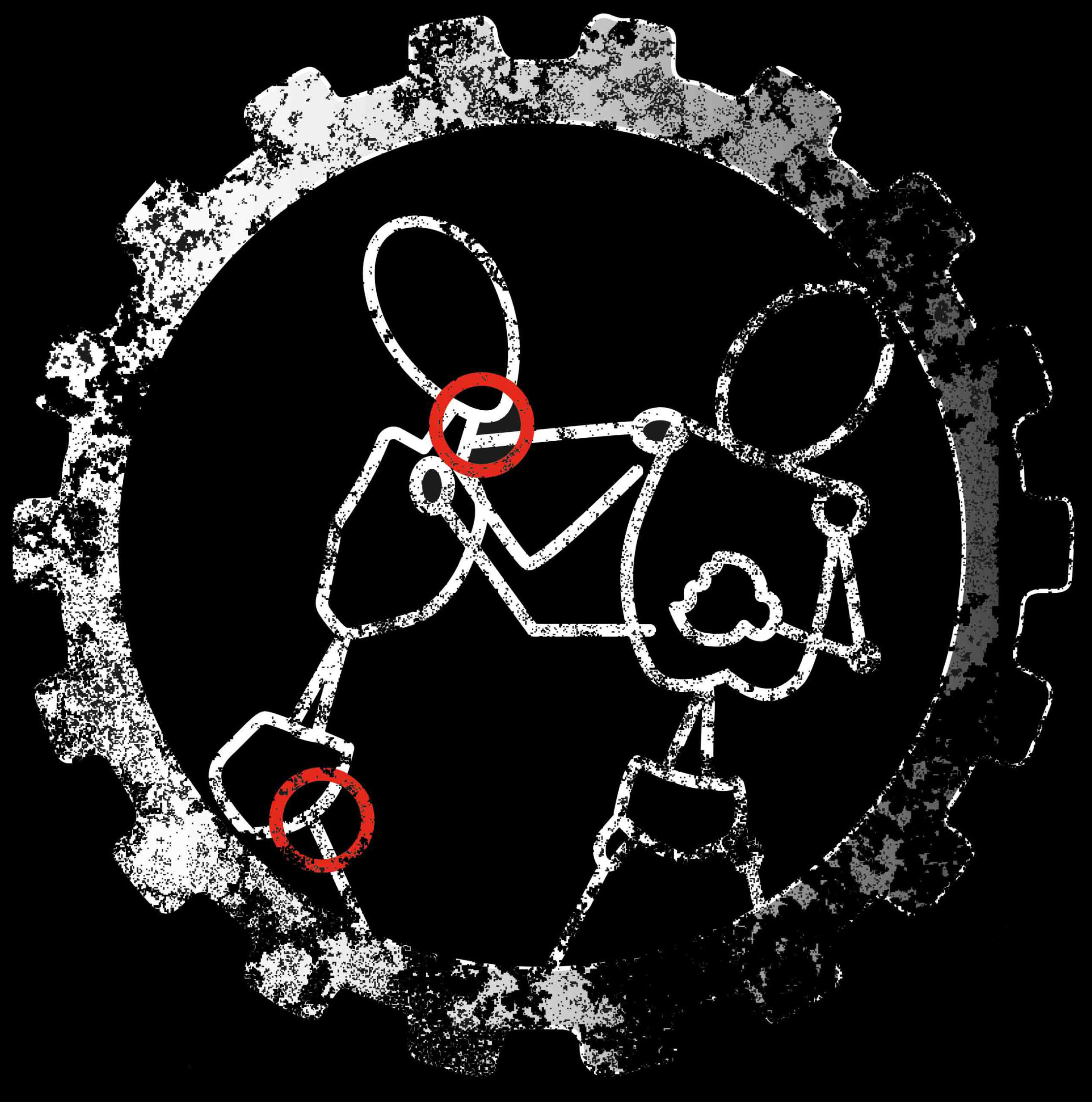
SCIENCE OF SKILLS *Q “Violence against another human being is a terrible thing. What is the best way to stay mentally prepared to inflict physical harm and pain on another person if you find yourself in a threatening situation? » Is it only adrenaline or is there some other way to stay prepared?” (Lee Jordan, San Marcos)
» ….he who makes a mistake is lost, but so is the one who hesitates… » (Akio Morita, founder of SONY)
Introduction
What sets apart a physical street clash is that it always takes place at an undecided moment of time, preferably at a dynamic and an explosive situation pregnant with imminent danger which may lead to acute stress particularly due to the potential impairment of life.
Hence, the overarching aim is to ensure the protection of one’s physical integrity (and/or that of a third party). Fighting for one’s survival is almost hardly comparable to any other form of sports domination from the opponent, particularly in combat sports.
Therefore, in this respect, all psycho-physiological resources must be mobilized so as to ensure the survival, all of which in a minimum amount of space.
This stressful condition contributes to several adverse effects including changes in the physiological and hormonal order.
Owing to the lack of time and peace for the decision, the body disconnects the PNS (Parasympathetic Nervous System) that helps in taking complex decisions, analysis, strategy and in fostering high precision driving skills and instead, activates the sympathetic nervous system (SNS).
The principle role of the SNS is to instantaneously increase the survival capacity of the fighter by increasing his energy and neuro-muscular functions, lowering the response time. This is pompously called the » fight or flight response « .
The ANS in the brain monitors and controls the characteristics, qualities and defects of these two activated modus operandi (PNS and SNS), based on the situations, which allows us to determine factors and hence optimize our performance parameters that help master stress during combat situations.
What must we seek to develop?
Each fight is charged with a large number of unknown factors. The preparatory role is to become familiar with operating in a condition teeming with multiple stress factors in order to avoid mechanics that are not very productive.
The combat preparation strategy thus aims at developing concrete behavior to which below are a few examples:
· Concentrate on short and simple movements which is known to work perfectly in most cases and during stress conditions (Pareto principle: roughly 80% of the effects come from 20% of the causes).
· Reduce the opponent’s offensive capabilities and advantages through displacements and disorientation
· Develop your ambidextrous response skills from a neutral position
· Focus on the first movement which is strategically significant in terms of the success of the response
Gestural competencies under stress
Once under the effect of the SNS, our proper driving skills are significantly reduced together with a distorted vision and an interrupted hearing and therefore precisely focused movements are almost impossible, whereas when confronting a threatening situation, our reactions require a visual-gestural coordination.
The training session therefore has to give empirical concentration on various positions (standing, seated, on the ground) and on moving targets and hence develop the following competencies:
· Widen the vision to 360 °: awareness and management of « tunnel » vision, the loss of deep areas, acute loss of hearing and the acquisition of vigilance enabling to locate a threat apart from the first assailant,
· Immediate response and fundamental foot-fist sequencing capability,
· Vigilance in the face of obstacles and firearm seizures
· Skills to defend oneself through clothing constraints (bare feet, skirt, heels, backpack)
· Emotional hardening in the protection of a third party (family, friends, acquaintances….)
In order to develop these skills and gain effectiveness during fighting, the training session must be planned well, for instance, with situation scenarios in closed environments while introducing workouts which direct kinesthetic senses (blind fighting or combat in the dark which necessitates the use of senses).
Psychological factors under stress
Surviving during an attack at times involves a person getting physically hurt, demanding an internal condition that seeks to be part of the training process of the self-defense trainee.
The logic of preparing in self-defense hence must aim at:
· Immediately recognizing indicators of stress and taking proper actions: heart rate greater than 115 pulses per minute ( bpm ), adrenalin effects (trembling legs, reduced perception and loss of peripheral vision, hyper vigilance)
· Loosen yourself emotionally from the current situation through breathing and visualizing techniques
· Overcome internal inhibition so as to defend oneself passively
Desensitization in dramatic situations and detachment may develop with the introduction of stress moderated to set him apart from an exercise followed by the execution of an accurate task that requires peace and method.
Training must also incorporate the use of appropriate relevant tools either for their psychological impact (ex: shock knives, paintballs, chest protector and helmets) or for their ability to evaluate results (videos, stopwatch, Fitlight Trainer etc.).
Study of the behavior
To progress further, sciences based on human behaviour such as criminology and victimology serve to complete the knowledge on physical and cognitive language, used for understanding weak signals and threat perception (hidden weapons, opponents, predator behavior).
This allows the implementation of precautionary measures (negotiation, discussions) or even strategies and specific tactics in self-defense.
Conclusion:
An ordinary citizen will always suffer from a post-traumatic syndrome from the victimization of a physical or psychological violence regardless of the outcome.
It is possible that, in order to protect our physical integrity or when providing assistance to a third party, we must undergo damage or induce damage consequent to the assailant.
Understanding these types of reactions requires determining the overriding role of psycho-physiological stress which prevents analysing the situation in a lucid and thoughtful manner (application of the cognitive process is complicated and long).
In fact, many studies have demonstrated that the effect of SNS during a conflict, triggered by the perception of real or perceived imminent danger, would impede intellectual acuteness.
The parasympathetic nervous system (SNP), responsible in controlling is thereby disconnected, putting the body into a survival mode.
Consequently however, complex information processing skills, conscious action, complex and fine gestural and visual coordination are unexploited through physical mechanics.
The central issue in preparation is to inoculate a vaccine for stress by a modus operandi which takes into consideration the key factors of fighting under adrenalin which may reduce the performances of an effective counter-offensive.




